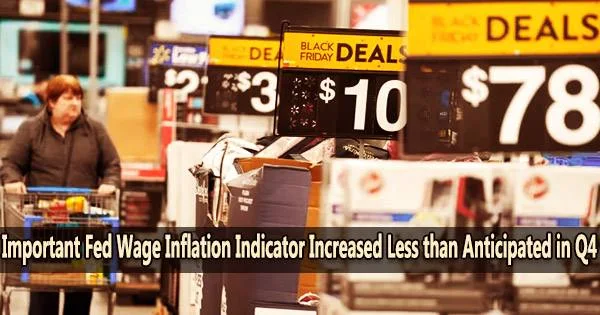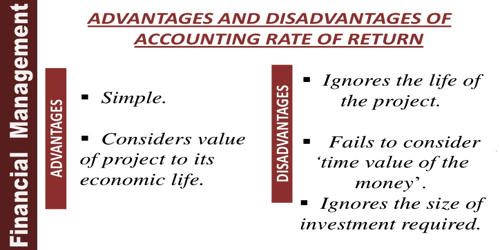The fourth quarter saw a slower-than-expected growth in employment expenses, suggesting that inflation pressures on business owners have at least leveled off.
The Labor Department said on Tuesday that the employment cost index, a gauge the Federal Reserve constantly monitors for signals of inflation, climbed 1% between October and December. That was a bit below the 1.1% Dow Jones estimate and less the 1.2% reading in the third quarter. It also was the lowest quarterly gain in a year.
Wages and salaries for the period also rose 1%, down 0.3 percentage point, while the cost of benefits increased just 0.8%, down from 1% in the previous period.
Compensation for government workers grew at a much slower pace comparatively in the quarter, slowing to a 1% gain from 1.9% in Q3.
The Fed is still likely to keep raising interest rates at the next couple of meetings, but we expect a further slowdown in wage growth over the coming months to convince officials to pause the tightening cycle after the March meeting.
Andrew Hunter
The ECI is a key inflation indicator in the eyes of the Fed because it takes into account the increased demand for certain professions as well as the disproportionate wage growth in some industries, including those most severely impacted by the pandemic.
The Q4 reading comes the same day the interest rate-setting Federal Open Market Committee begins its two-day policy meeting. The FOMC’s decision to approve a 0.25 percentage point rate hike before its Wednesday meeting ends has been almost assured by the markets.
But the greater focus will be on what officials signal about the future of monetary policy.
The markets are expecting one more quarter-point increase in March, then a break and one or two cuts before the year is out. Officials from the Fed have rejected the idea of any policy easing in 2023, although they might reconsider if inflation readings continue to decline.
“The Fed is still likely to keep raising interest rates at the next couple of meetings, but we expect a further slowdown in wage growth over the coming months to convince officials to pause the tightening cycle after the March meeting,” wrote Andrew Hunter, senior U.S. economist at Capital Economics.
The next big data point comes Friday, when the Labor Department releases its monthly nonfarm payrolls report.
Economists expect that payrolls increased by 187,000 in January, while average hourly earnings were projected to grow 0.3% monthly and 4.3% year over year, after increasing 4.6% at the end of 2022.
















